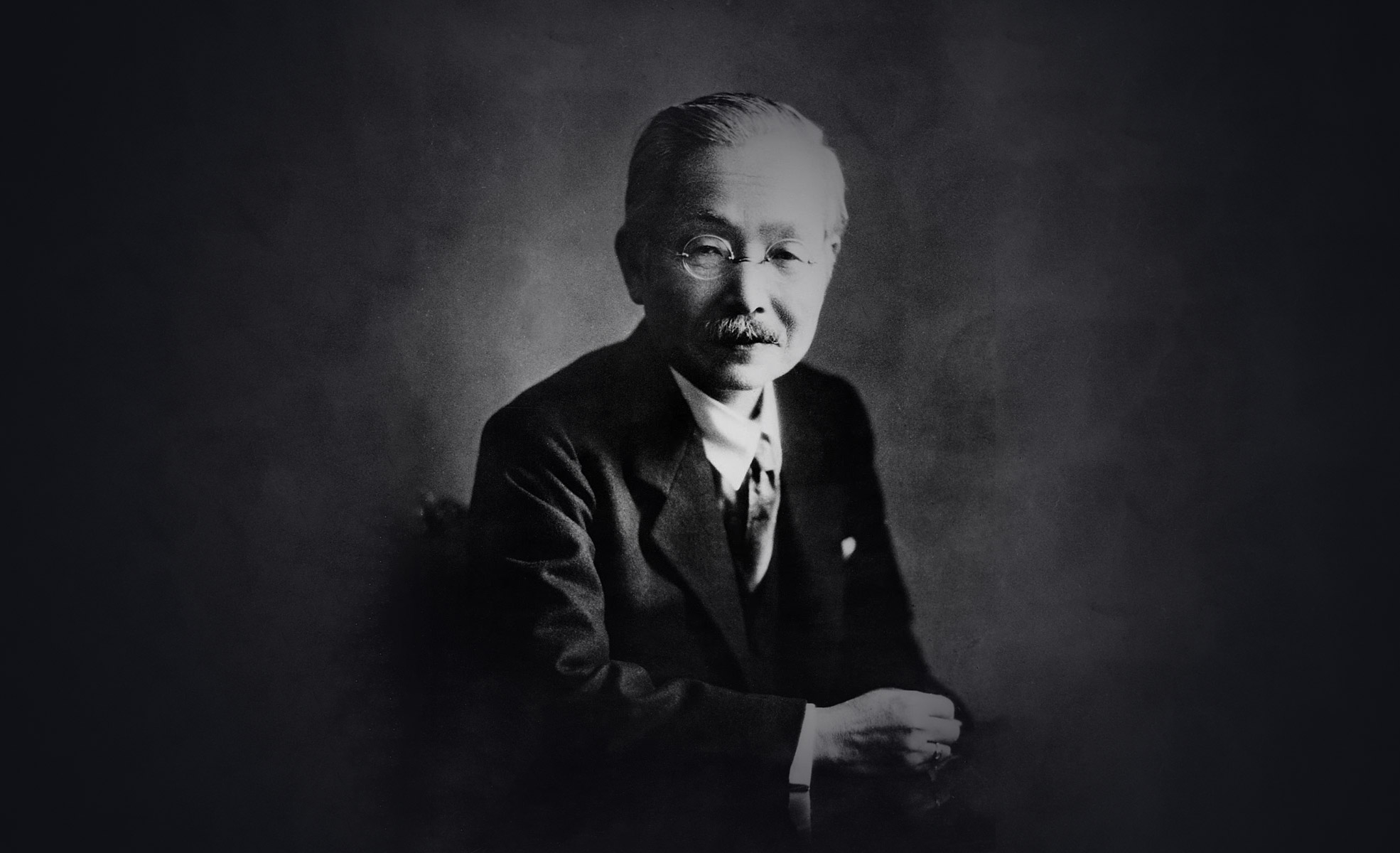I wrote a few weeks ago about use cases for AI. In a similar vein is this thoughtful piece from the New York Times’ Zach Seward on the role of AI in responsible, thoughtful journalism.
I love the sentiment that AIs are actually often more useful when they’re not being creative, but instead are interpreting creativity and translating it into something more rigid:
“People look at tools like ChatGPT and think their greatest trick is writing for you. But, in fact, the most powerful use case for LLMs is the opposite: creating structure out of unstructured prose. [This gives] us a sense of the technology’s greatest promise for journalism (and, I’d argue, lots of other fields). Faced with the chaotic, messy reality of everyday life, LLMs are useful tools for summarizing text, fetching information, understanding data, and creating structure.”











